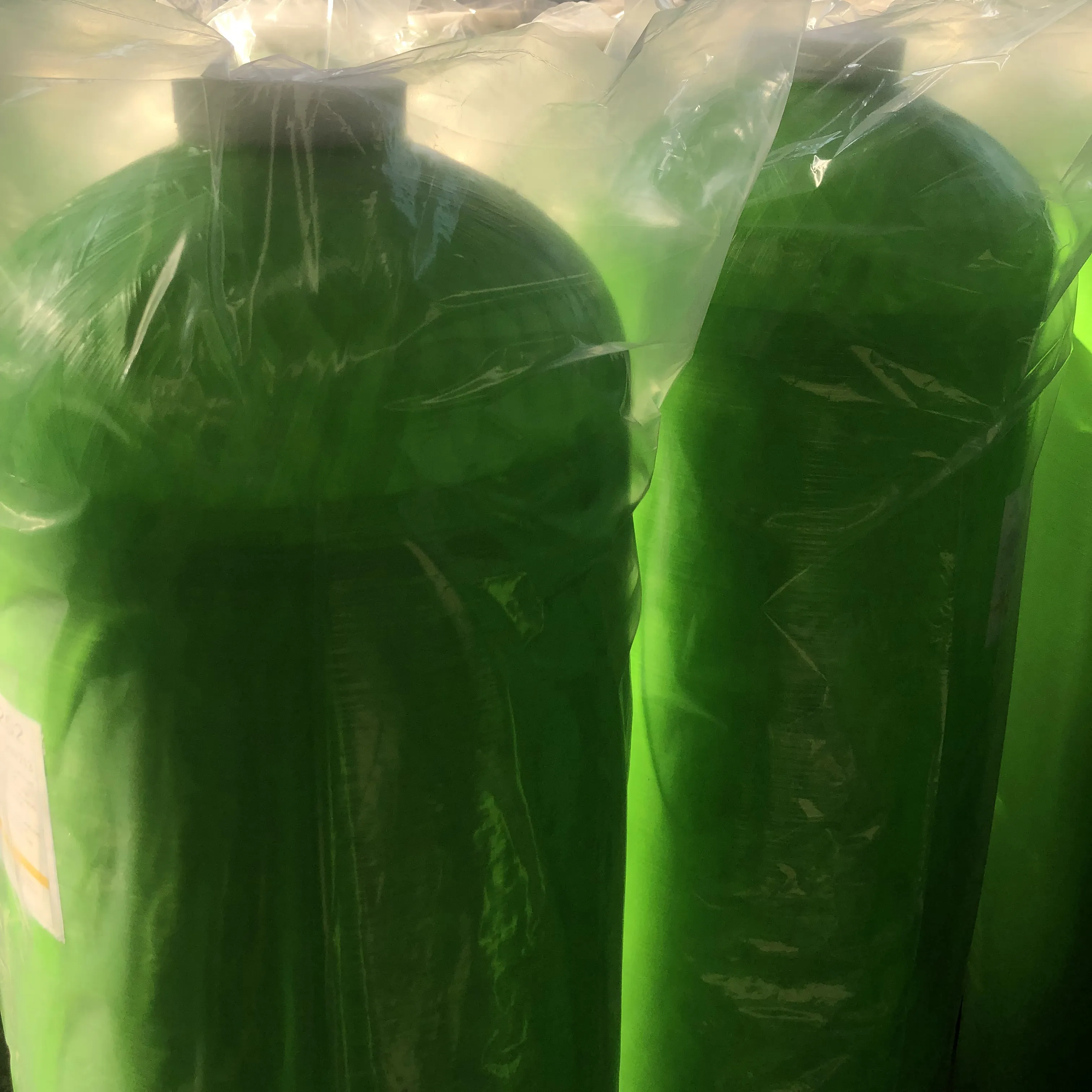loading...
- No. 9, Xingyuan South Street, Dongwaihuan Road, Zaoqiang County, Hengshui, Hebei, China
- admin@zjcomposites.com
- +86 15097380338
- Welcome to visit our website!
frp louvers for cooling tower
FRP Louvers for Cooling Towers Enhancing Efficiency and Durability
Cooling towers play a critical role in industrial and commercial applications by expelling heat from various processes. One of the key components of a cooling tower is its louver system, which is responsible for directing airflow and maximizing heat exchange efficiency. Among the materials used for manufacturing louvers, Fiberglass Reinforced Plastic (FRP) has emerged as a preferred choice due to its numerous advantages.
What are FRP Louvers?
FRP (Fiberglass Reinforced Plastic) louvers are external structures attached to cooling towers designed to control the flow of air while minimizing water loss and ensuring that environmental elements do not negatively impact operational efficiency. Made from a composite material that combines fiberglass and resin, FRP louvers offer an optimal balance between strength and weight, making them particularly advantageous in cooling tower applications.
Benefits of FRP Louvers
1. Corrosion Resistance One of the standout features of FRP louvers is their exceptional resistance to corrosion. Unlike metal louvers that can rust and degrade when exposed to moist environments, especially those prevalent in cooling towers, FRP materials are immune to such issues. This corrosion resistance significantly extends the lifespan of the louvers, reducing maintenance costs and the need for frequent replacements.
2. Lightweight Construction FRP louvers are much lighter than traditional materials like steel or aluminum. This lightweight characteristic simplifies installation and allows for less structural support throughout the cooling tower, thereby also reducing overall construction costs.
3. Thermal Insulation FRP has inherent thermal insulating properties, which means it can help in minimizing heat transfer. This quality is especially valuable in cooling tower applications where maintaining optimal temperatures is crucial for efficiency.
frp louvers for cooling tower

4. Customizability FRP louvers can be produced in various shapes, sizes, and configurations to meet specific design requirements. This adaptability makes them suitable for a wide range of cooling tower designs, whether for industrial, commercial, or municipal applications.
5. Environmentally Friendly The manufacturing process of FRP materials can be done sustainably, and they can be designed to minimize ecological impact. Additionally, FRP is often produced using recycled materials, appealing to environmentally conscious organizations.
Installation and Maintenance
Installating FRP louvers is straightforward. Given their lightweight nature, they can be installed quickly, reducing the time and labor costs associated with installation. Furthermore, their durability means that routine maintenance can be simplified, as cleanings are less frequent and repairs are rarely needed.
However, it is essential to regularly check for any debris buildup or damage caused by environmental factors to ensure optimal performance. Given their resistance to corrosion and decay, FRP louvers typically require minimal maintenance compared to other materials.
Conclusion
In conclusion, FRP louvers represent a modern solution for cooling towers, combining efficiency, durability, and environmental friendliness. Their corrosion resistance, lightweight nature, and thermal insulating properties make them an ideal choice for operators looking to enhance the performance and longevity of their cooling systems. By investing in FRP louvers, businesses can not only achieve operational efficiency but also promote sustainability in their practices. As industries continue to seek innovative solutions to meet demanding environmental regulations, FRP louvers stand out as a practical and effective option for improving cooling tower performance.
-
Transform Your Spaces with FRP Grating SolutionsNewsNov.04,2024
-
The Versatility and Strength of FRP RodsNewsNov.04,2024
-
The Excellence of Fiberglass Water TanksNewsNov.04,2024
-
The Benefits of FRP Grating for Your ProjectsNewsNov.04,2024
-
Elevate Your Efficiency with FRP Pressure VesselsNewsNov.04,2024
-
Welcome to the World of FRP Pressure VesselsNewsOct.12,2024
-
Unveiling the Future of Filtration: Why FRP Filter Vessels are a Game ChangerNewsOct.12,2024
